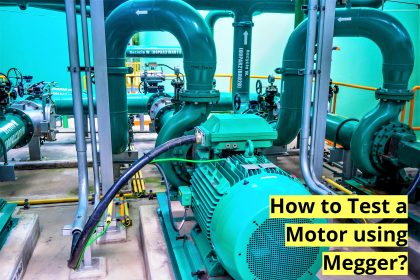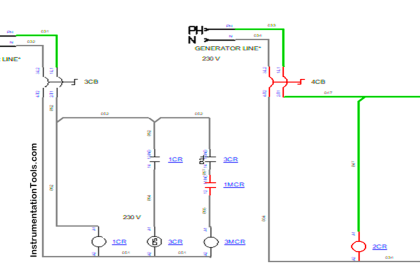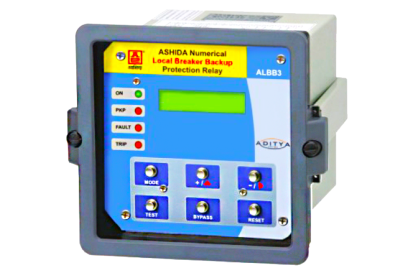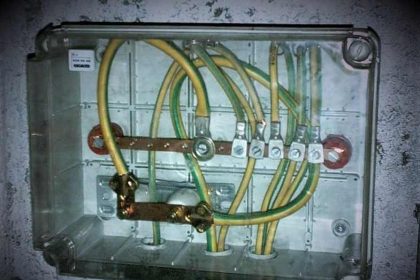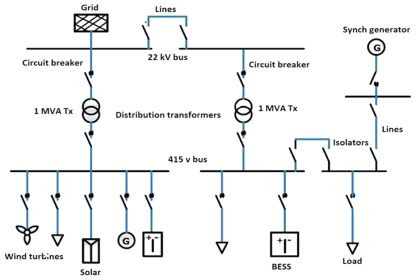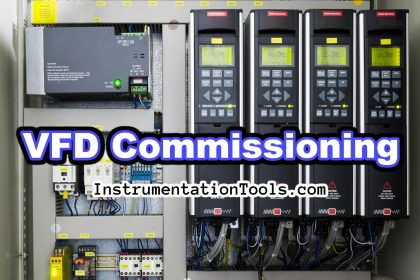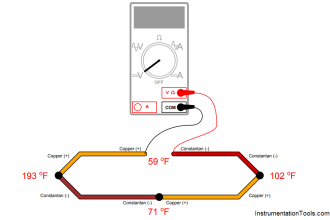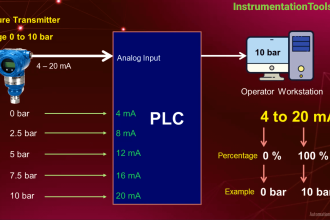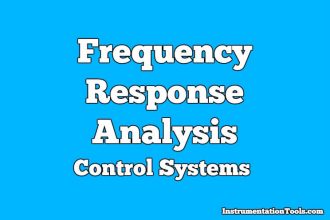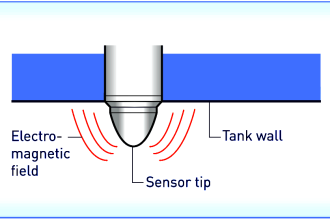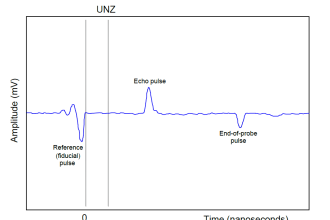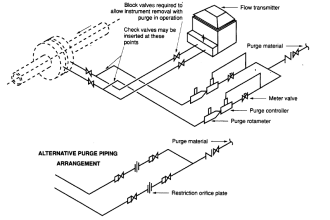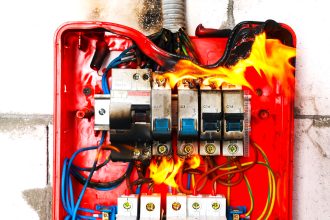In this post, we will understand the theory of partial discharge in power lines and how it is detected through sensors.
In electrical systems, insulation between conductors is a big factor in deciding its performance. Bad insulation can partially or completely break down the system.
Partial Discharge in Power Lines
Often, a common issue roots up in insulation and it damages the system; named partial discharge. Partial discharge is a consequence of local electrical stress (normally caused in high voltage lines) on the insulation system.
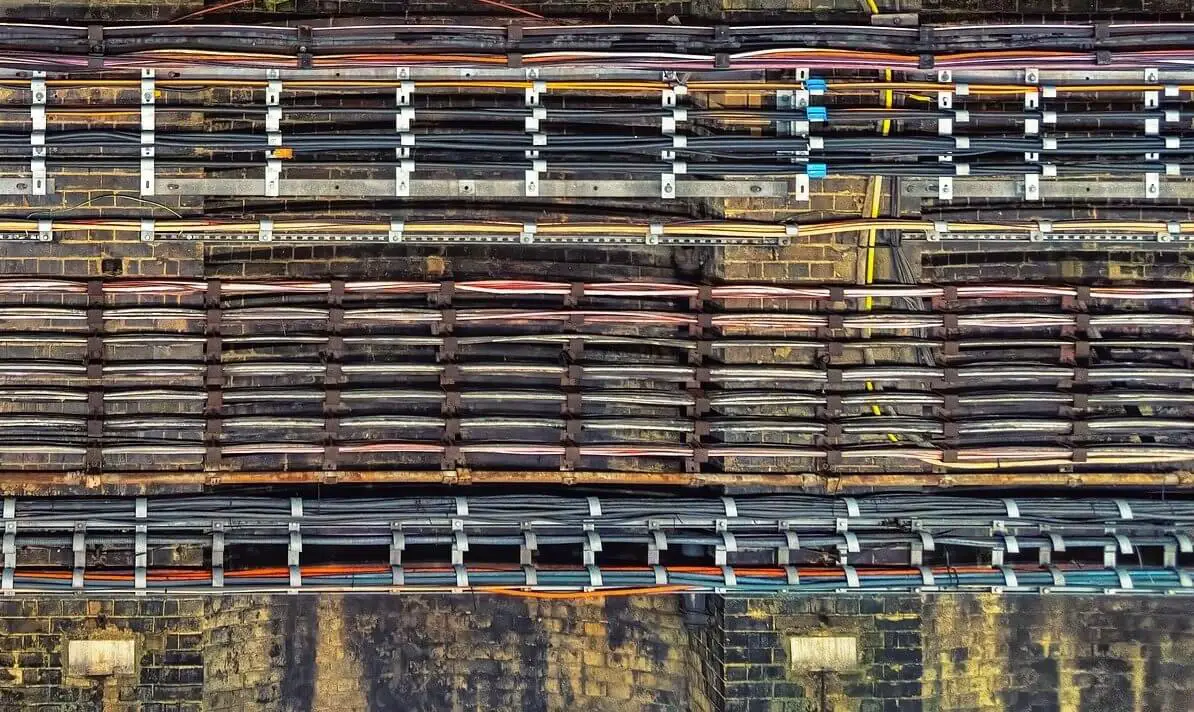
Due to this, a discharge occurs in insulators, as the insulation between conductors is partially bridged now. Insulation is a protection layer for the conductor; and if this insulation fails, then it will indirectly damage the electrical system.
During discharge, various types of exchange of energy take place; which can be classified as – dielectric losses, light (M radiation), noise, gas pressure, chemical reactions, and electrical pulse currents. It depends on the type of media used in insulation (solid, liquid, or gas).
Simply, for example, consider there is a void or impurity in insulation, caused by stress. When a high voltage is applied to the conductor, an electric field is also induced in this void.
Further high voltage can break down the insulation and it will then discharge different forms of energy; which can be termed partial discharge.
Partial discharge normally starts within gas voids of the insulation, which are created by voltage stress or have occurred during the manufacturing stage when a poor vacuum was provided.
The dielectric constant of this void is lower than the dielectric of the surrounding. Lower dielectric means higher chances of getting voltage stress. When this void is then subjected to constant high voltage stress, discharge starts happening continuously from it.
As the power cables are longer in length, there will be several such voids present in them and it will overall break down the system after a period of time.
Because the gap of the void goes on increasing if there is no control, there will be the stage where insulation will be of no use and the system will fail.
Detection Methods of Partial Discharge
So, every power distributor needs a mechanism to detect partial discharge; to avoid failure of the system in long run.
Normally, there are two methods of detecting partial discharge – online and offline.
Online Method
In the online method, detection is done in real-time conditions; that means at a regular operating voltage of the cable, operating temperature, and voltage stress.
It reduces time, prevents special shutdown required, and is less costly.
Offline Method
In the offline method, as the name implies, detection is done in offline conditions; that means the system is shut down specially or sometimes, removed from the distribution system.
Though it takes time, it provides greater accuracy; as you get all the time to test and also apply higher voltages. This method is costlier than the online process.
Detection System
If you see its detection system, generally consists of a PC software for troubleshooting, a high voltage filter to reduce background noise from the power supply, a partial discharge detector, high-voltage connections, and a coupling capacitor of low inductance design.
Let us understand how its detection system works. It is to be noted that partial discharge currents are short in duration and have high rise time peaks.
So, if you observe it in an oscilloscope waveform, it will clearly appear as bursts at the peak of the sine wave. This peak is graphed against time.
Then, a method called time domain reflectometry (TDR) is used to detect the location of the discharges. They are then displayed on the software in its format and so, used for troubleshooting further.
The types of detectors used in analyzing are – UHF (Ultra High Frequency) sensors for detecting electromagnetic waves, HFCT (High-Frequency Current Transformer) for detecting high peak currents by inducing its emf in the secondary windings and then sending this information to PC and TEV (Transient Earth Voltage) sensor to detect TEV signal or earth noise signal representing PD inside.
There are some sensors too that combine the above three methods to provide more accurate and efficient output.
Partial discharge is a grave problem if not detected at an early stage and so, it is important to either analyze it in the production stage itself; or monitor it on a regular basis when in use.
In this way, we saw the concept of partial discharge in power lines.
